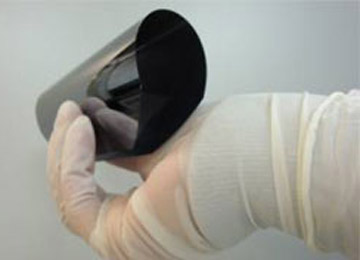During the most dire period in the Fukushima meltdown, the president of Japanese utility company Tepco tried to evacuate all workers at the stricken reactor. If that order went through, it would have precipitated a worst-case scenario and ultimately the evacuation of Tokyo. Luckily, the plant manager, at great risk to himself and his employees, ignored his boss and instead told workers to stick around and start cooling the reactors with sea water — a decision that ultimately allowed him to get the runaway nuclear reactions in the core under control.
These and other details from the fractious, confused early days of the Fukushima disaster have just emerged in a report conducted by Yoichi Funabashi, one of Japan’s most famous public intellectuals, reports Martin Fackler in the New York Times.
[The report] says Mr. Kan and other officials began discussing a worst-case outcome if workers at the Fukushima Daiichi plant were evacuated. This would have allowed the plant to spiral out of control, releasing even larger amounts of radioactive material into the atmosphere that would in turn force the evacuation of other nearby nuclear plants, causing further meltdowns.
The report quotes the chief cabinet secretary at the time, Yukio Edano, as having warned that such a “demonic chain reaction” of plant meltdowns could result in the evacuation of Tokyo, 150 miles to the south.
We already know what large-scale contamination of Tokyo would have looked like, thanks to the filmmakers at K.I.R. film.
“We barely avoided the worst-case scenario, though the public didn’t know it at the time,” Mr. Funabashi, the foundation founder, said.
Unfortunately, the lessons of the Fukushima disaster will remain relevant for many decades to come, in part because China is building more than 50 reactors based on unsafe ’60s-era nuclear plant designs.


